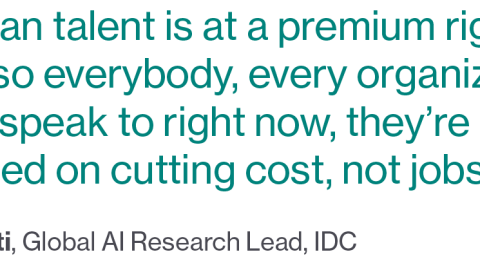
The first recipients will include Occidental Petroleum’s proposed carbon-removal project in Kleberg County, Texas, dubbed the South Texas DAC Hub, as well as a partnership between Battelle, Climeworks, and Heirloom to develop facilities in southwestern Louisiana, known as the Project Cypress DAC Hub. Those two projects will split roughly $1.1 billion, with about $100 million more going toward 19 feasibility or front-end engineering studies for earlier-stage projects across the country.
Friday’s announcement represents the first tranche of $3.5 billion in funding allocated under the Bipartisan Infrastructure Law to set up at least four regional DAC hubs. All told, those projects could boost the global capacity for carbon removal 400-fold, according to an estimate by Carbon180, a nonprofit that advocates for the removal and reuse of carbon dioxide.
“If we deploy this at scale, this technology can help us make serious headway toward our net-zero emissions goals while we are still focused on deploying, deploying, deploying more clean energy at the same time,” says Jennifer Granholm, the US secretary of energy, who revealed the details of the program during a call with reporters on Thursday.
But the inclusion of Occidental Petroleum, a fossil-fuel giant, may prove controversial. Occidental’s CEO, Vicki Hollub, said at an oil and gas conference in March that direct air capture will help “preserve our industry over time,” lending weight to fears among environmental groups that carbon removal could extend the social license for oil companies to continue operating for decades.
A radical balancing act
Direct-air-capture plants generally rely on large fans to draw in ambient air and then trap carbon dioxide molecules using liquid solvents or solid sorbents. It is distinct from, but often confused with, carbon-capture technology that prevents emissions from leaving a power plant or industrial facility.
Given how much carbon dioxide the world has already pumped into the atmosphere, a growing body of research finds that nations may need to draw down billions of tons of carbon dioxide per year to keep climate change in check. And that’s all on top of radical cuts in greenhouse-gas emissions.
How much the world will need to remove will depend on how much more we add, and how the climate responds. But by some estimates, nations may have to collectively pull down some 10 billion tons a year by midcentury to have a good shot at keeping the planet from warming beyond 2 °C.
That’s a daunting figure. It would take 10,000 DAC hubs with the capacity of the ones funded on Friday to reach it. Researchers and startups are exploring a wide variety of potential ways to dramatically increase carbon removal, including engineering plants that suck up more CO2, spreading carbon dioxide–trapping minerals in our soils and seas, and burying or sinking biomass. But the approaches vary widely in terms of reliability, durability, scalability, environmental dangers, technical risks, and costs.






Recent Comments